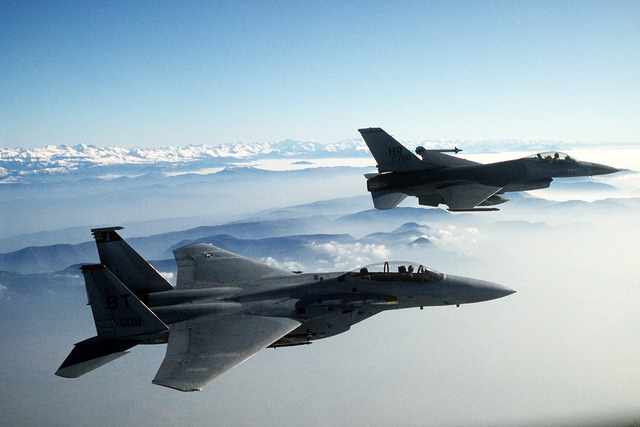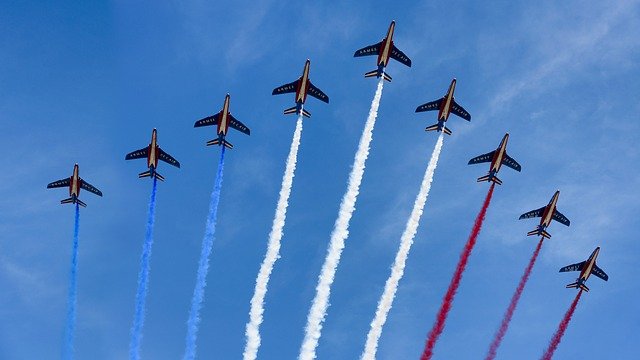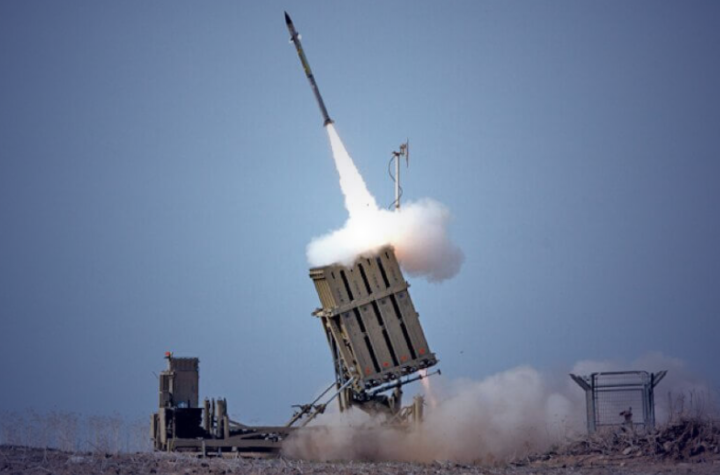
Military communications is a very broad area. It includes several branches and subcategories. Discussing it in detail would require more than a day’s worth of reading.
But the meantime, we will just give you an overview of its history.
We will also briefly explain the different tools that are vital for military commas in the present time.
Military Communications in the Early Days
Many years ago, nations used a much different kind of communication than the kind we know today. In the early days, armies had messengers who had the very important role of traveling to various places just to deliver a message. These messages were often in the form of codes that no other person would understand except for the intended recipients.
Over time, it became quite popular to use semaphore to communicate during the times of war. This method involved the use of a device to make and send a highly visible signal to far away locations. Most of the time, the devices made use of things like fire, flags, lights, or even waving arms to form the intended signal. These early systems worked quite well back then but were hardly fool-proof. They were dependent on a lot of factors. They were also quite tedious to put into action.
Current Trends in Military Communications
Soon the telegraph came and after that, the radios and satellites followed as well. With these inventions, the methods of military comms improved by a large margin. The delivery of messages became faster, safer and more accurate.
Today, state-of-the-art digital systems are the center of most military communications. Such modern systems include the use of broadband data for seamless connectivity. They also come with advanced features such as voice and video on the move, minimal delay and high-speed connection.



More Stories
Protect Your Assets with the Best Air Defense System
Understanding Situational Awareness and Its Importance in the Military
Evolution of the Iron Dome between 2012 and 2014 and its impact on the population